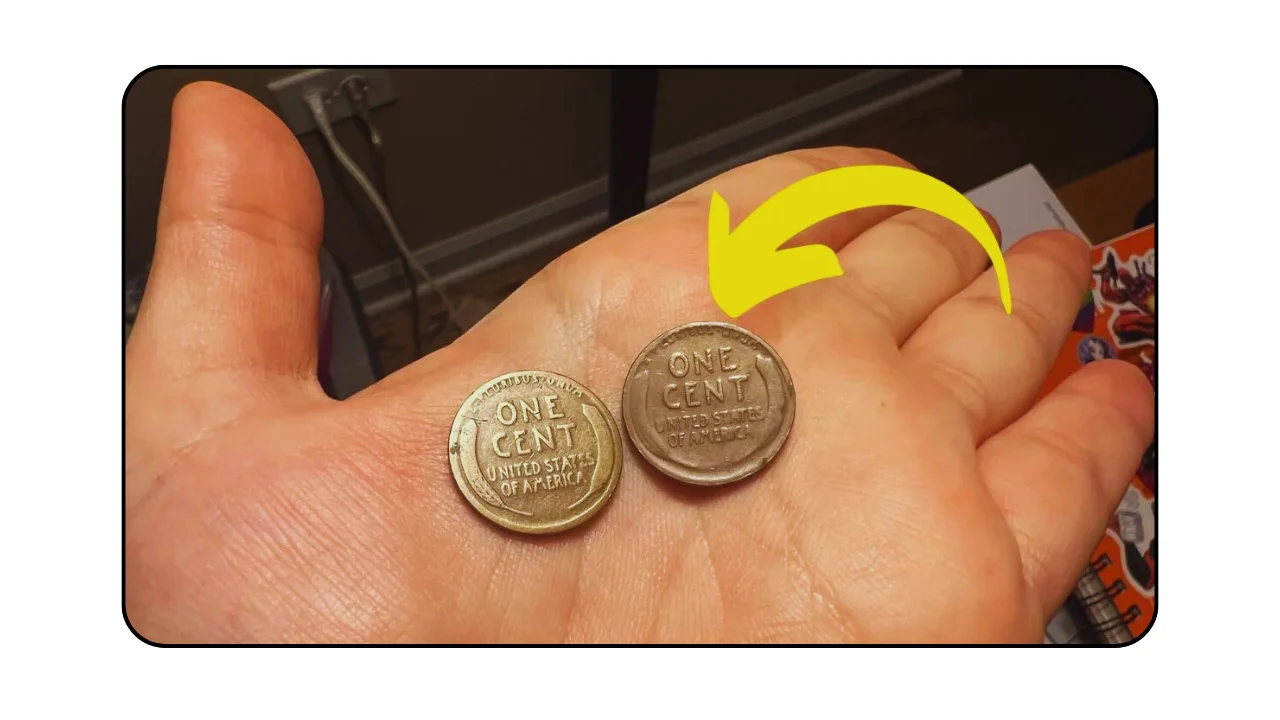Lincoln Wheat Penny Valued at $5.7 Million: Imagine finding a penny in your pocket worth $5.7 million! The 1943 Lincoln Wheat Penny, specifically the rare bronze version, is one of the most valuable coins in America, and some say it could still be out there in circulation. This tiny coin, made by mistake during World War II, has sparked a treasure hunt among collectors and everyday folks. With only a few known to exist, it’s a dream find that could change your life. Here’s how to spot this rare penny, why it’s worth so much, and where it might be hiding.
A Wartime Mistake Worth Millions
Back in 1943, the U.S. Mint switched to making pennies from steel to save copper for the war effort, like for bullets and military gear. By accident, a few bronze blanks from 1942 got mixed in and were stamped with the 1943 date, creating a super-rare coin. Experts believe only 15-20 of these bronze pennies exist, with one selling for $1.7 million in 2010. Some collectors now estimate a perfect 1943-D bronze penny could fetch $5.7 million due to its rarity and condition.
How to Spot the $5.7 Million Penny
Finding this penny takes a bit of know-how, but it’s simple to check. Here’s what to do:
- Look at the date: It must say 1943, not 1948 or another year.
- Use a magnet: Steel pennies stick to magnets; bronze ones don’t.
- Check the color: Bronze pennies have a reddish-brown copper look, not the silver-gray of steel.
- Weigh it: A bronze penny is about 3.11 grams, heavier than a steel penny’s 2.7 grams.
- Find the mint mark: Look under the date for a “D” (Denver) or “S” (San Francisco). The 1943-D is the rarest.
If you think you’ve got one, don’t clean it—cleaning can ruin its value. Get it checked by a pro at PCGS or NGC.
Where Could It Be Hiding?
The idea of a $5.7 million penny still floating around sounds wild, but it’s not impossible. These coins have popped up in change jars, old piggy banks, or bank penny rolls. In 2010, a teenager in Utah found a 1943 bronze penny in a change jar, later sold for over $1.7 million! You might find one in grandma’s coin collection, at a flea market, or even in change from a store. Check coin rolls from banks, as rare pennies sometimes slip through unnoticed.
Why It’s a Collector’s Dream
The 1943 bronze penny is a big deal for three reasons: it’s super rare, it’s tied to World War II history, and its condition matters a lot. With only a handful known, collectors go crazy for it, driving up prices at auctions. The wartime story—copper being saved for the war—adds a cool historical angle. A penny in mint condition, with no scratches and sharp details, could hit that $5.7 million mark, especially the one-of-a-kind 1943-D. Even lesser examples can sell for $100,000 or more.
|
Feature |
Details |
|---|---|
|
Year |
1943 |
|
Material |
Bronze (copper, not steel) |
|
Mint Marks |
None (Philadelphia), D (Denver), S (San Francisco) |
|
Weight |
3.11 grams |
|
Estimated Value |
$100,000–$5.7M (based on condition) |
Tips to Start Your Treasure Hunt
Ready to hunt for this million-dollar penny? Start by checking your loose change, especially pennies from the 1940s. Use a magnifying glass to spot the date and mint mark, and test with a magnet to check the metal. If you find a copper-colored 1943 penny, store it in a plastic coin holder to keep it safe. Take it to a trusted coin dealer or grading service like PCGS or NGC, as fakes (like copper-plated steel pennies) are common. Join a coin club or browse online forums to learn more about spotting rare coins.
The 1943 bronze Lincoln Wheat Penny is like a hidden jackpot in your pocket. While the $5.7 million price tag might sound like a stretch, real sales—like $1.7 million for a 1943-D—prove these coins are worth big bucks. So, next time you get a penny in change, give it a quick look. You might just find a piece of history that could make you a millionaire!

